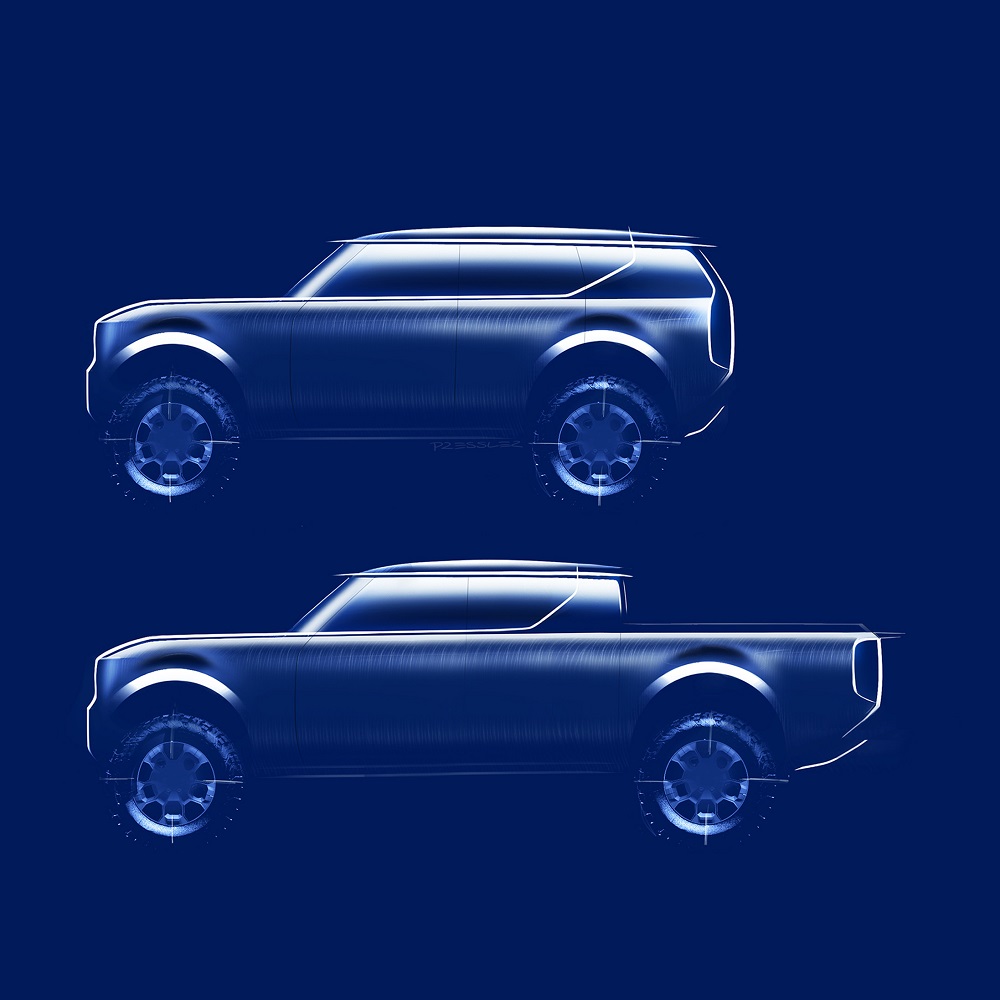DETROIT, Sept 4 — The reign of blue-chip Ferraris on the auction block could be over.
Or will decline, at least, in the next few years.
That’s according to research by Hagerty Insurance in Traverse City, Michigan.
The insurer and its classic car database have found that so-called modern classic cars from the 1980s and ’90s are becoming increasingly popular, based on 2015 auctions, especially the prestigious and important Gooding & Co, RM Sotheby's and Bonhams auctions surrounding Monterey Car Week.
In fact, cars from the 1980s are the only segment with a year-over-year increase in average auction values. And they were the group with the largest increase in volume offered at auction, more than double what was sold in Monterey last year. Cars from the 1990s had the biggest increase in median sale prices in general, up 188 per cent over 2014.
“There’s no doubt about it — ’80s cars are the most active segment right now, followed by those from the 1990s,” says McKeel Hagerty, the chief executive officer of Hagerty. “If you look at the auction prices and our own data, the popularity is undeniable. This is the next generation.”
Porsche in particular has seen the biggest growth in popularity. Auction houses offered 27 more of them this year in Monterey than they did last year, especially 930s and 911 SCs. (The 930 is a flat-6 engine that was the top of the 911 range during the late ’70s and ’80s, and this line includes some of the first turbos Porsche made.) Searches for Porsche make up 23.5 per cent of all queries by collectors ages 30 to 50. Ford is the second-most-searched-for brand name, with 18 per cent of searches asking for that brand.
Elsewhere, ’80s-era Ferrari 308/328s, Lamborghini Countaches and Diablos, and Ford GTs are the most popular models getting insurance quotes (the figures that owners check while insuring their cars), again with a younger demographic. The top five most popular 1980s-specific single models include the Ford Mustang, Porsche Carerra Turbo and 930 Turbo, the Lamborghini Countach, the Ferrari Testarossa and the Chevrolet Corvette.
It’s a much more diverse group, both in origin and in price, than the Ferrari/Mercedes/Jaguar-heavy previous years. The new opinion seems to be that muscle cars and exotics have equal merit, provided they're in perfect condition with an impeccable pedigree.
In fact, classic car prices have plateaued this year after record-breaking sales in recent years that had stemmed from increased global wealth. This summer’s California auctions fell a few million dollars short of 2014’s US$402.6 million (RM1.7 billion) in equivalent sales. Ferraris still retained top billing in sale prices, but RM Sotheby’s premier item — a US$17.6 million red Ferrari 250 LM — fell far short of last year’s winning Ferrari 250 GTO Berlinetta, which earned US$38.1 million and set the world record for a car sold at auction. (It was not radically different from the other 250.) And 25 Ferraris set on the auction block this year didn’t sell at all.
“Buyers are highly selective, and lately there has been an oversupply — the auctions are flooded,” Hagerty says. This has a dampening effect on enthusiasm — it can be embarrassing to pay hundreds of thousands more for virtually the same Ferrari as your buddy.
Why the push for the 1980s and 1990s models? It’s because the kids who grew up with Countach posters on their bedroom walls are finally pulling in six-figure salaries and can afford to live out their childhood fantasies, Hagerty explains. Credit the natural 30-year cycle of cultural touchstones such as cars (or fashion or music) going in and out of trend. It just so happens that now, as baby boomers age, millennials are gaining sway.
It’s also a result of the simultaneous ubiquity and sky-high prices of Ferraris at blue-chip auctions: Discerning buyers will naturally move toward models that are easier to get, massively cheaper, and sometimes just more fun to play with.
“Maybe those guys can’t all afford a Lamborghini, but things like the ’80s Mustangs and Corvettes are pretty attainable,” Hagerty says. “These things are out there. There’s a real chance to get into this.” — Bloomberg






















